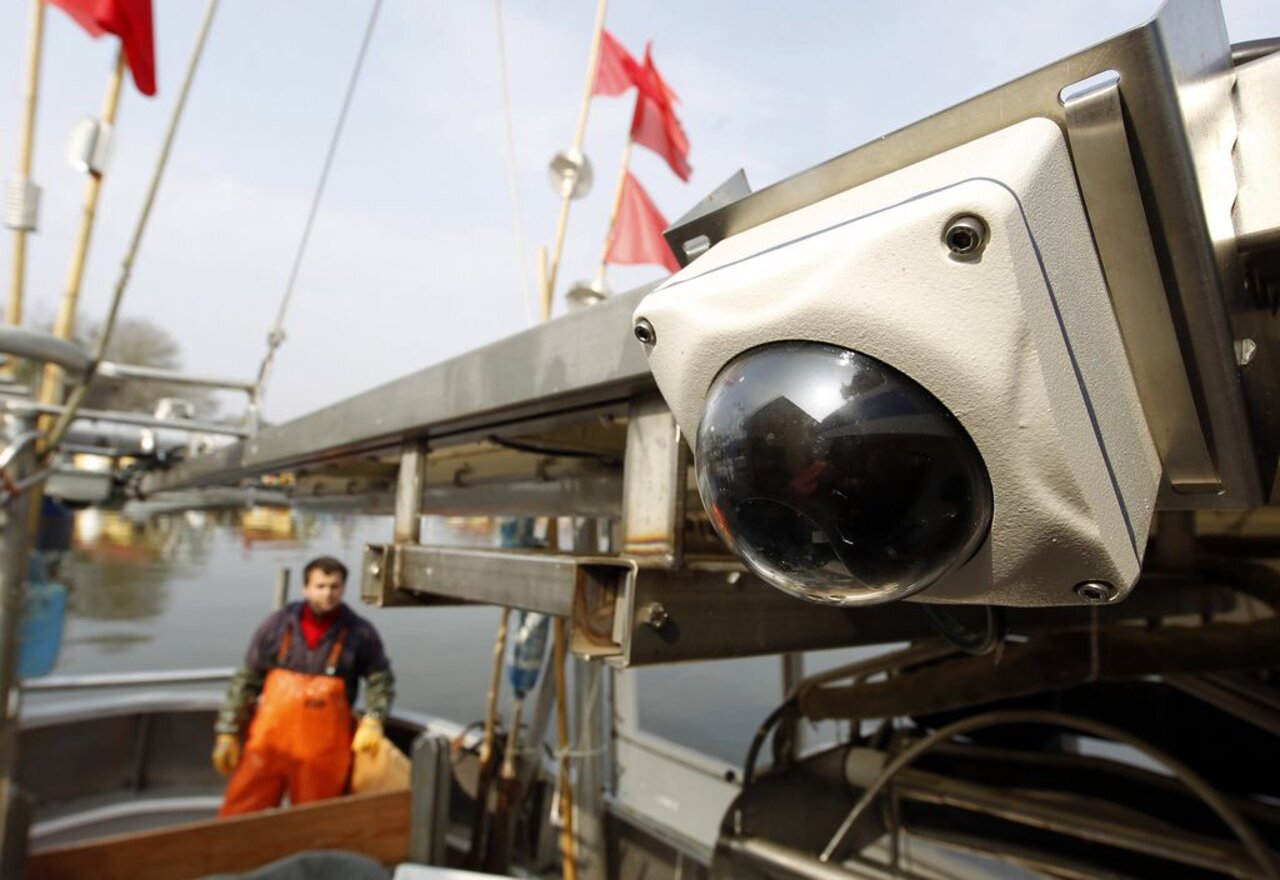Project
Developement of an Electronic Monitoring System to controll fisheries (Fish'EM)

Electronic monitoring as a basis for a Catch Quota Management (CQM)
The aim of the project ‘Fish'EM’ was to develop concepts and procedures for an electronic monitoring system as a basis for a catch quota management (CQM). After the evaluation of the comprehensive theoretical concept of the EM system, the developed EM system was tested on a total of 14 research trips. In August 2015 the pre-prototype of the EM system was installed on a commercial vessel. The pre-prototyp of the EM system has been designed and co-ordinated in very close co-operation with the fisheries and the control authorities - the future expected users of the development.
Background and Objective
The purpose of the project was to evaluate and further develop possibilities for the determination of reliable discards by means of electronic monitoring, to test the feasibility of a management approach using a reversal of the burden of proof, and to evaluate different incentives to fulfil the observation by electronic monitoring.
Fish’EM is part of the joint AutoMAt project "Development of innovative and non-invasive monitoring systems for fisheries research".
Approach
In co-operation with the potential users an Electronic Monitoring System was developed to fulfill the requirements and needs of the fisheries and control authorities.
Results
Within the scope of the project, a pre-prototype of an EM system was developed for small vessels. A further development and adaptation of the system would be necessary for the usage on large and complex fishing vessels. However, the further developemen to a final stage is particularly dependent on the development of the landing obligation. A major success within the project was a continuous expansion of cooperation with the future users of the electronic monitoring systems (control authority and fishery sector).
Links and Downloads
Development of innovative and non-invasive monitoring systems for fisheries research (AutoMAt)
Thünen-Contact

Involved Thünen-Partners
Involved external Thünen-Partners
-
SER - Schiffselektronik Rostok GmbH
(Rostock, Deutschland) -
Fraunhoher-Institut für Graphische Datenverarbeitung (IGD)
(Rostock, Deutschland) -
arivis AG
(Unterschleißheim, Deutschland)
Funding Body
-
Federal Office for Agriculture and Food (BLE)
(national, öffentlich)
Duration
7.2012 - 12.2015
More Information
Funding program: Innovationsförderung
Project status:
finished
Publications
- 0
Gröger JP, Zimmermann C, Hanel R, Kraus G, Cisewski B, Damerau M, Goetz S, Hammann S, Hielscher NN, Illig B, Krau F, Oesterwind D, Reiser S (2015) Anpassung und Weiterentwicklung von innovativen, nicht-invasiven Monitoringsystemen und Auswerteverfahren für die Fischereiforschung (AutoMAT) : Endbericht. 33 p

![[Translate to English:] [Translate to English:]](/media/_processed_/d/7/csm_Startseite-OF_03_c0dfd6e750.png)
![[Translate to English:] [Translate to English:]](/media/_processed_/a/3/csm_20181116-151457-Stella-Jerome-Fischfalle-Warnem%C3%BCnde-Dorsche-im-Netzk%C3%A4fig-5691_heller_3050c72fa2.png)





